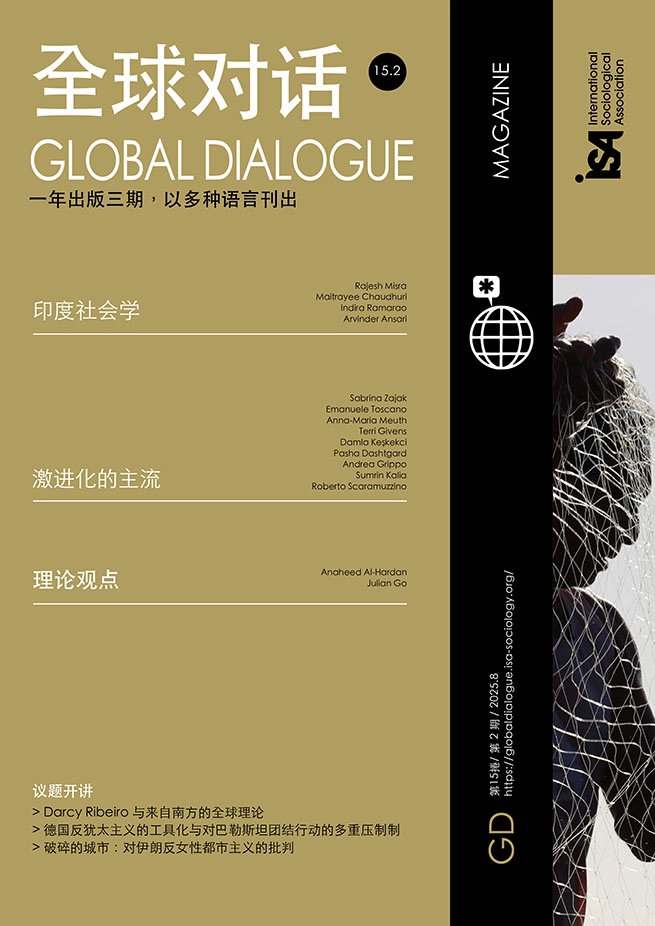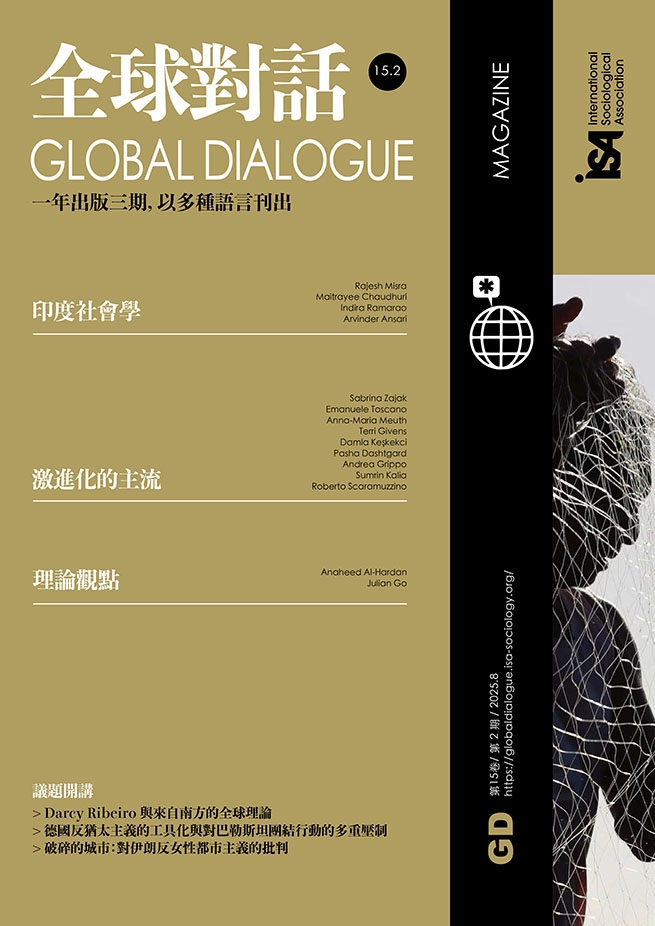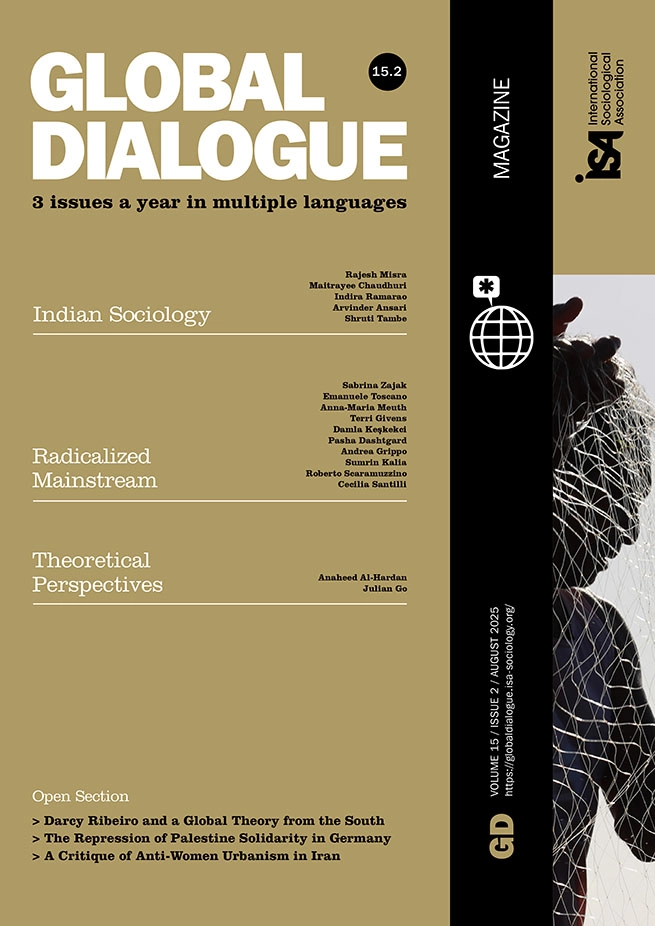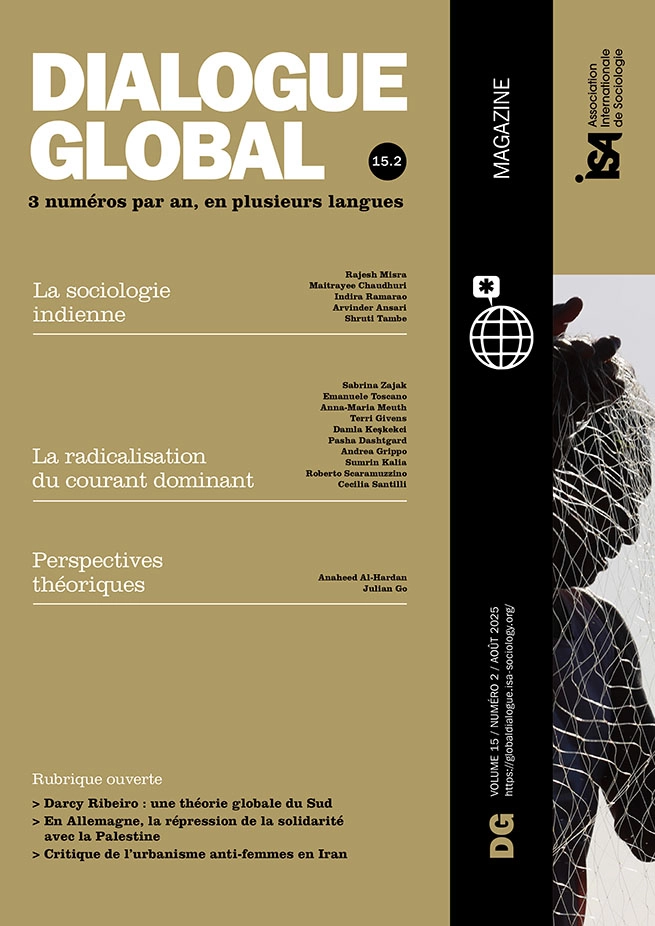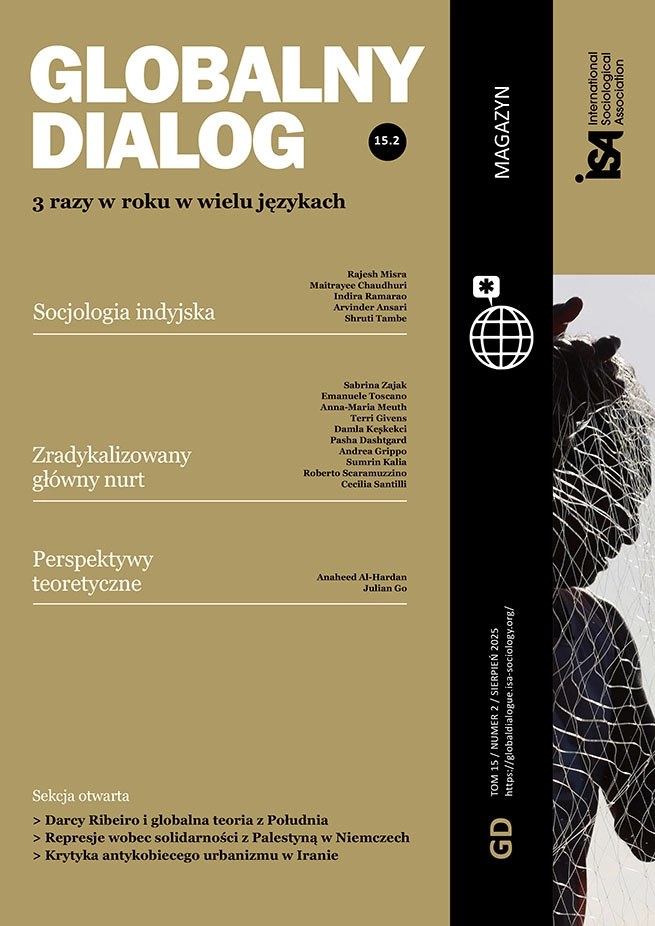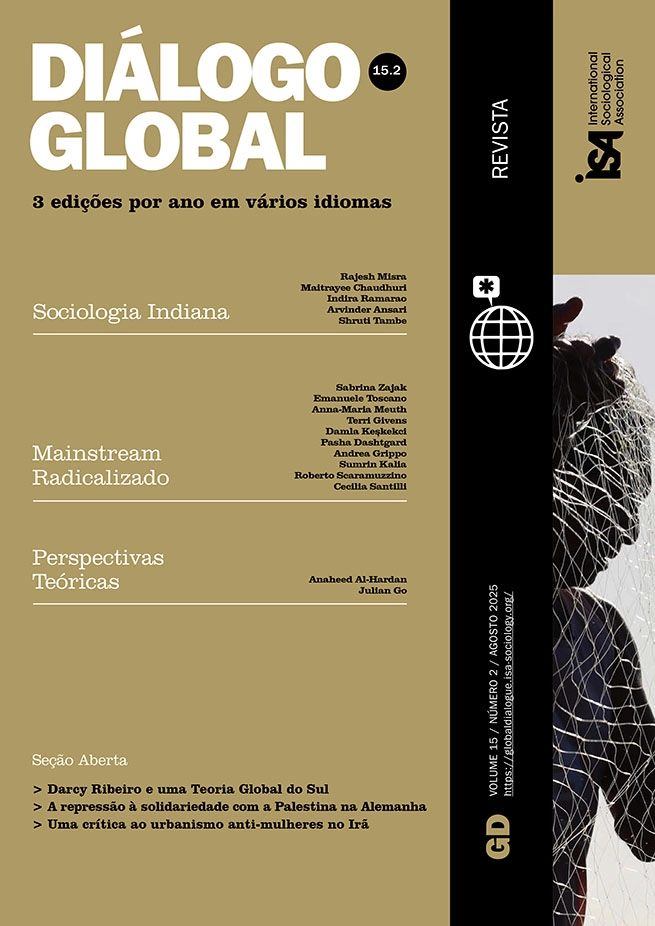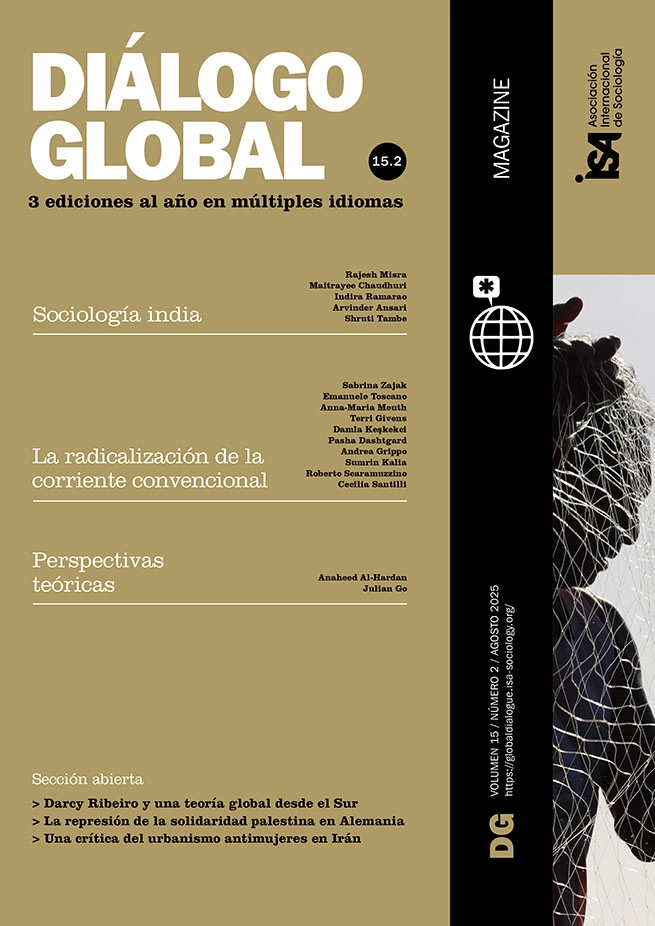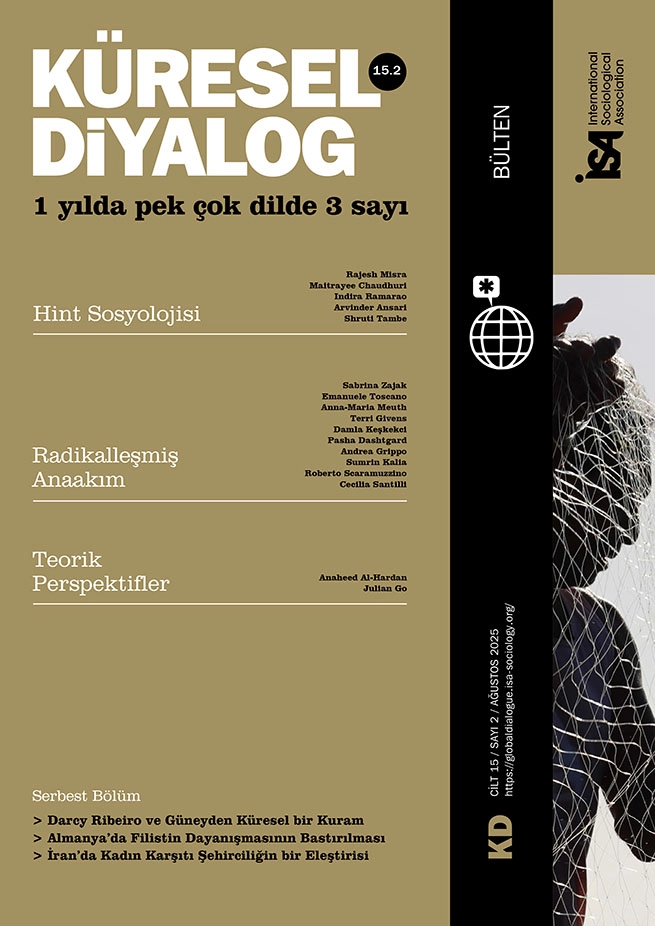One of the trends I have seen since I began studying the radical right in the mid-1990s is that ideas that were seen as “radical” back then have become mainstream. As I was working on my first book on the radical right, many researchers discouraged me, since they considered radical right parties a “flash in the pan.” However, these parties have become a persistent force in the electoral landscape. As I noted in my book, The Roots of Racism, “Right-wing politics casts immigrants as foreign objects within the body politic and blames them for a litany of social ills, including high rates of crime and unemployment.” What was once considered radical has become mainstream, particularly in terms of anti-immigrant sentiment and Islamophobia.
The tremendous rightward shift
As radical right parties entered the electoral scene in the 1980s, an elite consensus developed to fight these parties by maintaining a “cordon sanitaire” (barrier) that kept right politicians from cooperating with far-right candidates while encouraging left voters to support mainstream candidates. This consensus collapsed as conservative governments came into power across Europe after 9/11 and terrorism shifted the focus around immigration from labor policy to security issues. The Austrian Freedom Party (FPÖ) became part of the Austrian government in 2000, partly because they were seen as the only alternative to a grand coalition government. Being part of government seemed to moderate at least the leaders of the party at the time, but it has shifted back to a more strident anti-immigrant tone in recent years. This lack of moderation has continued as more parties have been formed and had electoral success.
The participation of the Austrian Freedom Party, the Danish People’s Party, and various other far-right parties in coalition governments in the early 2000s opened the door to greater success for these parties. Support for far-right parties in Europe surged in the 2014 European parliament election, foreshadowing the successful Brexit vote in the UK in the summer of 2016; and that support would increase in 2019 with the far-right National Rally Party (Rassemblement National) of Marine Le Pen narrowly beating President Emmanuel Macron’s party coalition, with 23% of the vote. Rassemblement National, which maintains most of the positions of its former incarnation, the Front National, has become a regular fixture in the European Parliament and the French Assembly. Party politics in Europe have seen a tremendous rightward shift since I began doing research on political parties in the mid 1990s. We have seen a decline in support for left-wing social democratic and communist parties, particularly in France. It is important to keep in mind the broader context of change as we have seen an evolution of the radical right from being on the fringes of party politics to the mainstream.
Increasing electoral support for radical right parties this century
In nearly every election in Europe since the early 2000s, radical right parties have increased their support in legislative elections and have clearly become part of mainstream politics. In September of 2022, the Sweden Democrats became the second largest party in the Riksdag with 73 seats. In France, the Rassemblement National (RN) received 37 percent of the vote in the 2024 snap legislative election, although they did not get the expected number of seats because of strategic coordination by left parties. In Germany the Alternative für Deutschland (AfD) became Germany’s second largest party in February of 2025, winning nearly 21 percent of the vote, doubling their share of the vote from the 2021 election.
Several parties have come in first in elections since 2022 when neo-fascist politician Giorgia Meloni’s coalition, the Brothers of Italy, won enough votes to lead the formation of a government in Italy with Meloni becoming prime minister. In the Netherlands, Geert Wilders’ Party for Freedom (PVV) won the most seats in the November 2023 election, but contentious coalition talks led to a government not forming until July of 2024, led by an independent civil servant as prime minister. Of course, Viktor Orbán has held power in Hungary since 2010, and his illiberal government has been a thorn in the side of the European Union.
Populist appeal, racism and fear of minorities have seen increasing working-class support
It doesn’t seem that long ago that far-right or radical right parties weren’t taken seriously, but their role has gone from being the perpetual opposition to serious contenders for political power. Norms around issues of race and the politics of immigration have clearly shifted since I began studying the radical right in the mid-1990s. In 1999, when Joerg Haider’s Freedom Party came in second place in the Austrian legislative election, the other fourteen European Union (EU) countries at the time considered his positions on immigration and the EU to be beyond the pale. Although they could not change the outcome of the vote, they took measures to indicate their stand on these issues, including passing the Racial Equality Directive (RED) in 2000, as a show of support for antidiscrimination policy. Radical right parties in Europe tend to use a populist appeal, arguing that they are for the “common man” and against the elite. They often lean authoritarian in their call for security to protect against outsiders and expect blind loyalty to the party or leaders. Another component is the racism and fear of minorities and immigrants that is being used by politicians in Europe to mobilize voters who fear a loss of privilege and ultimately, political dominance.
Since the early 2000s, researchers have noted that far-right candidates have seen increasing support from working-class voters. An important development in the mid to late 1990s was the success of center-left politicians like US President Bill Clinton, UK Prime Minister Tony Blair, and German Chancellor Gerhard Schroeder. These leaders embraced a neo-liberal approach to economic policy that supported a more individualistic approach to governance. These policies contributed to economic growth as a whole, but they did little to improve wages or benefits for the working class and widened wealth inequality. If the center left’s economic policies had improved the standard of living of working-class voters, it is likely that they would not have been as open to the messages of the radical right. Instead, wages remained stagnant, and union membership has declined along with manufacturing jobs.
What the future may hold
Politics is an ever-evolving landscape, and it is easy to be pessimistic about the prospects for democracy as illiberal politicians continue to make gains, not only in Europe, but in the US. One can hope that right-wing politicians will maintain a connection to democracy, and that voters will support parties that are clearly in alignment with democratic norms. Only time will tell if the discourses revert to supporting democratic norms and those norms are supported by voters. In the meantime, researchers will need to continue their quantitative and qualitative analyses as we try to understand and explain the political, economic and social impacts that are driving voter behavior and the appeals made by political parties.
Terri Givens, University of British Columbia, Canada <terri.givens@ubc.ca>









